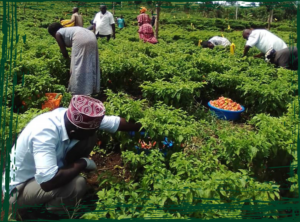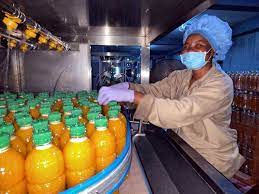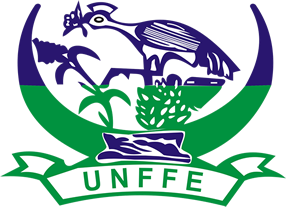Agriculture is the backbone of Uganda’s economy, employing the majority of the population and contributing significantly to the country’s GDP. Despite its importance, the sector faces challenges, particularly in market access and value addition. Addressing these challenges is crucial for enhancing the profitability and sustainability of agriculture in Uganda. This article explores the current state of market access and value addition in Uganda’s agricultural sector, the challenges faced, and the strategies being implemented to overcome these hurdles.
Market Access: Bridging the Gap.
Market access refers to the ability of farmers to sell their produce in local, regional, and international markets. In Uganda, several factors influence market access which need to be addressed inorder to bridge the gap.
Factors influencing market access:
1. Infrastructure
- Transport Networks: Poor road infrastructure in rural areas hampers the movement of agricultural produce to markets.

- Storage Facilities: Lack of adequate storage facilities leads to post-harvest losses, reducing the quantity of produce available for sale.
2. Market Information
- Farmers often lack timely and accurate information on market prices and demand, which affects their ability to make informed decisions.
3. Financial Services
- Limited access to credit and financial services restricts farmers’ ability to invest in inputs and technologies that could enhance production and marketability.
4. Regulatory Barriers
- Stringent and complex regulatory requirements can hinder access to regional and international markets.
Value Addition: Enhancing Agricultural Products.
Value addition involves processing raw agricultural products to increase their market value. In Uganda, value addition presents a significant opportunity to boost incomes and reduce poverty among farming communities.
Key areas of value addition include:
1. Processing and Packaging


- Transforming raw products into processed goods (e.g., milling maize into flour, processing milk into cheese).
- Proper packaging to improve shelf life and market appeal.
2. Quality Improvement
- Adopting better farming practices to enhance product quality.
- Implementing standards and certification to meet market requirements.
3. Product Diversification
- Developing a range of products from a single raw material (e.g., producing juice, jam, and dried fruits from mangoes).
Challenges in Market Access and Value Addition.
Despite the potential, several challenges hinder effective market access and value addition:
1. Limited Technical Skills
- Many farmers and agribusinesses lack the technical skills and knowledge required for value addition processes.
2. High Costs
- The high cost of processing equipment and packaging materials can be prohibitive for small-scale farmers and enterprises.
3. Market Volatility
- Fluctuations in market prices and demand can affect the profitability of value-added products.
4. Policy and Regulatory Constraints
- Inconsistent policies and lack of supportive regulations can stifle innovation and investment in value addition.
Strategies for Improvement.
To address these challenges and enhance market access and value addition, several strategies are being implemented:
1. Infrastructure Development
- Investment in rural road networks and storage facilities to reduce post-harvest losses and improve market connectivity.
2. Capacity Building
- Training programs to equip farmers and agribusinesses with skills in processing, packaging, and marketing.
- Extension services to provide ongoing support and information.
3. Access to Finance
- Developing financial products tailored to the needs of farmers and agribusinesses.
- Promoting savings and credit cooperatives (SACCOs) and microfinance institutions.
4. Market Information Systems
- Establishing information platforms to provide real-time data on market prices and demand trends.
5. Policy Reforms
- Simplifying regulatory processes and implementing policies that support market access and value addition.
- Promoting public-private partnerships to leverage resources and expertise.
Success Stories and Innovations.
Several success stories and innovations highlight the potential of market access and value addition in Uganda:
1. Ugandan Coffee
- The coffee sector has seen significant improvements through value addition, such as processing beans locally to produce high-quality coffee for export.
2. Fruit Processing
- Companies like Jakana Foods have successfully added value to fruits by producing dried fruit snacks and juices for both local and international markets.
3. Dairy Industry
- The dairy sector has benefited from investments in processing facilities, enabling the production of various dairy products like yogurt, cheese, and butter.
Conclusion.
Improving market access and value addition for agricultural products in Uganda is essential for driving economic growth and improving livelihoods. By addressing infrastructure gaps, enhancing technical skills, and creating supportive policies, Uganda can unlock the full potential of its agricultural sector. Continued investment and innovation will be key to ensuring that farmers can access lucrative markets and add value to their produce, ultimately contributing to sustainable development.






